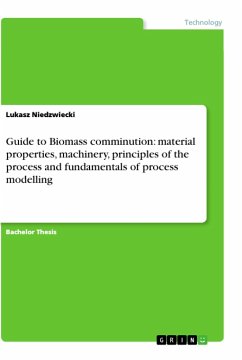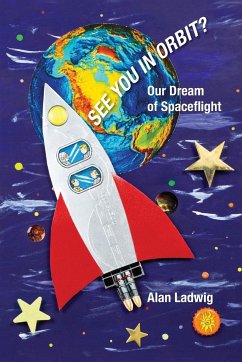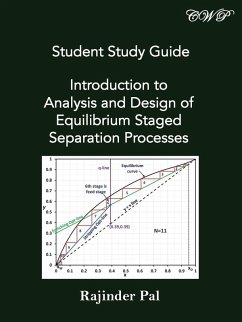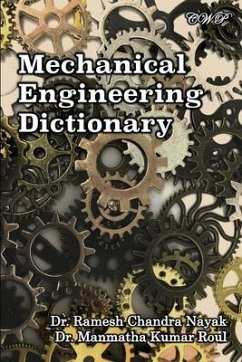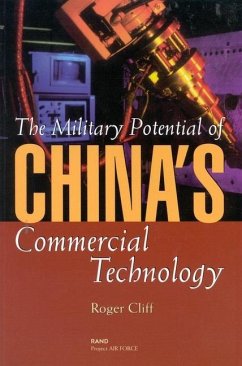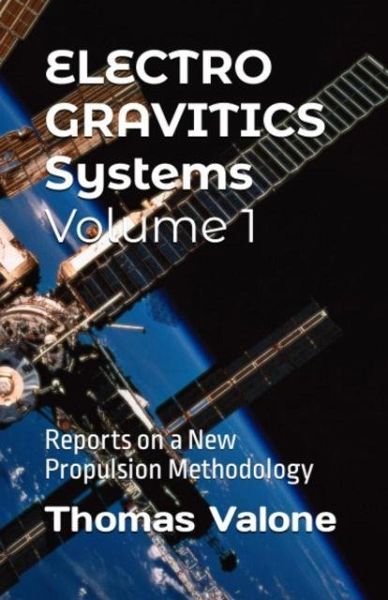
Electrogravitics Systems Volume 1
Reports on a New Propulsion Methodology
Versandkostenfrei!
Versandfertig in über 4 Wochen
17,99 €
inkl. MwSt.

PAYBACK Punkte
9 °P sammeln!
A collection of the earliest reports onelectrogravitics and electrokinetics that could yield tremendous technological and economic dividends in both investment dollars and potential air and space transportation applications for future generations.The 90-year old science of electrogravitics (a.k.a. "gravitics" or "electrogravity") necessarily includes an analysis of electrokinetics. Electrogravitics is most commonly associated with the 1928 British patent #300,311 of T. Townsend Brown (his first one), the 1952 Special Inquiry File #24-185 of the Office of Naval Research into the "Electro-Gravit...
A collection of the earliest reports onelectrogravitics and electrokinetics that could yield tremendous technological and economic dividends in both investment dollars and potential air and space transportation applications for future generations.The 90-year old science of electrogravitics (a.k.a. "gravitics" or "electrogravity") necessarily includes an analysis of electrokinetics. Electrogravitics is most commonly associated with the 1928 British patent #300,311 of T. Townsend Brown (his first one), the 1952 Special Inquiry File #24-185 of the Office of Naval Research into the "Electro-Gravity Device of Townsend Brown" and two widely circulated 1956 Aviation Studies Ltd. reports on "Electrogravitics Systems" and "The Gravitics Situation." By definition, electrogravitics historically has had a purported relationship to gravity or the object's mass, as well as the applied voltage. The Gravitics Situation report defined electrogravitics as "The application of modulating influences on electrostatic propulsion system." It also was tested recently by the Honda Corporation, which published experimental results and proposed theory of a correlation between electricity and gravity. Electrokinetics, on the other hand, is more commonly associated with many later patents of T. Townsend Brown as well as Agnew Bahnson, starting with the 1960 US patent #2,949,550 entitled, "Electrokinetic Apparatus." Electrokinetics, which often involves a capacitor and dielectric, has virtually no relationship that can be connected with mass or gravity.




